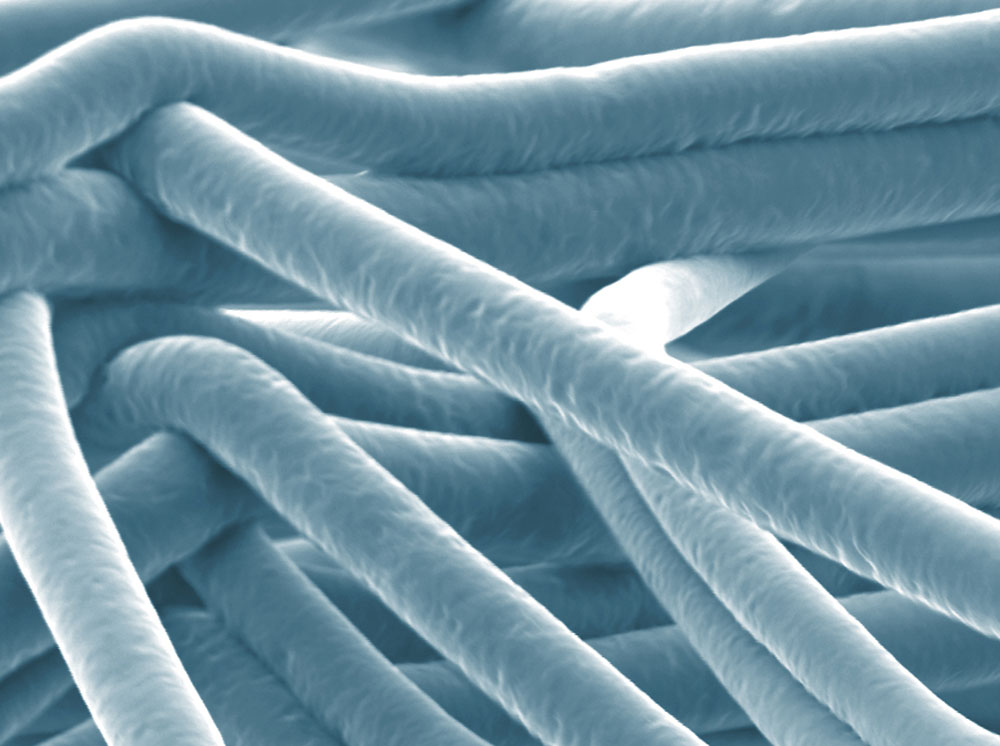Research Summary
This project focuses on systematic development of biomaterials that can be used for Additive Biomanufacturing (ABM), or ‘bioinks’. Bioinks can be developed into a variety of forms (e.g., hydrogels, polymers, ceramics, and metals) for different biomedical applications. The special requirements of bioinks compared to commodity 3D printing materials are that bioinks need to be compatible with both printing processes and biological processes. Despite their vital importance for ABM, little research has been carried out on the development and upscale of bioinks. This Program will ultimately deliver bioink formulations with controlled biodegradability and bioactivity at an industrial scale.
Subprograms
Hydrogel bioinks
Hydrogels are water-swollen polymer networks that are ideally suited for encapsulating cells. In this subprogram, we will develop materials that are compatible with both cell encapsulation and ABM processes. This project will concentrate on chemically and/or photo-crosslinkabe bioinks as well as tailor and characterise the rheological, mechanical and or biological properties of the bioinks.
Bioceramic containing polymer inks to improve bone regeneration with 3D-printed scaffolds
Bioactive ceramics (bioceramics) have been shown to enhance bone formation. The main research aim of this Subprogram is to develop and characterise the fourth generation of bioceramic scaffolds for regeneration of large bone defects.
Team
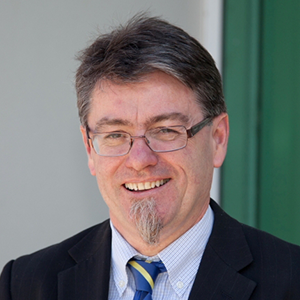
Prof Gordon Wallace
University of Wollongong
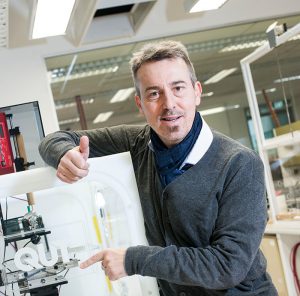
Prof. Dietmar W. Hutmacher
Queensland University of Technology

A/Prof Travis Klein
Queensland University of Technology

A/Prof Maria Woodruff
Queensland University of Technology
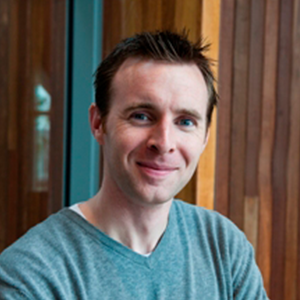
Dr Stephen Beirne
University of Wollongong
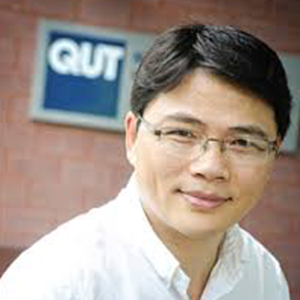
Prof Yin Xiao
Queensland University of Technology
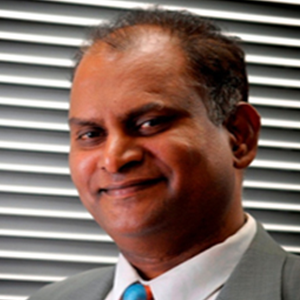
Prof Prasad Yarlagadda
Queensland University of Technology

